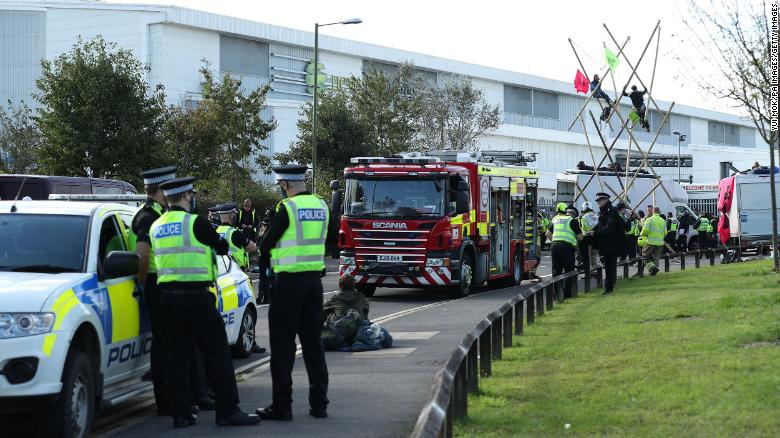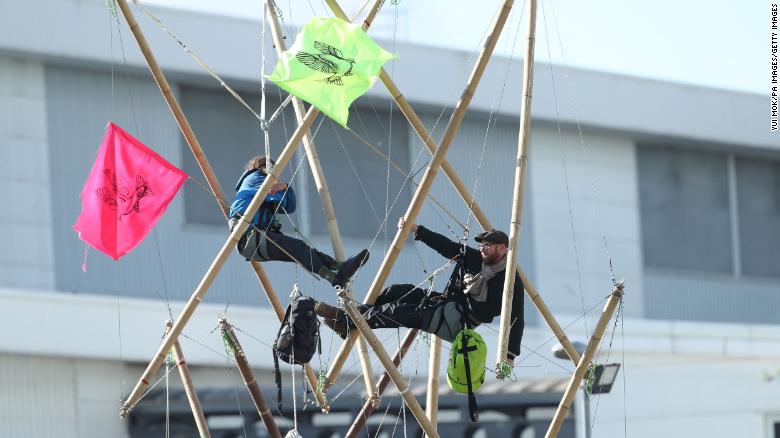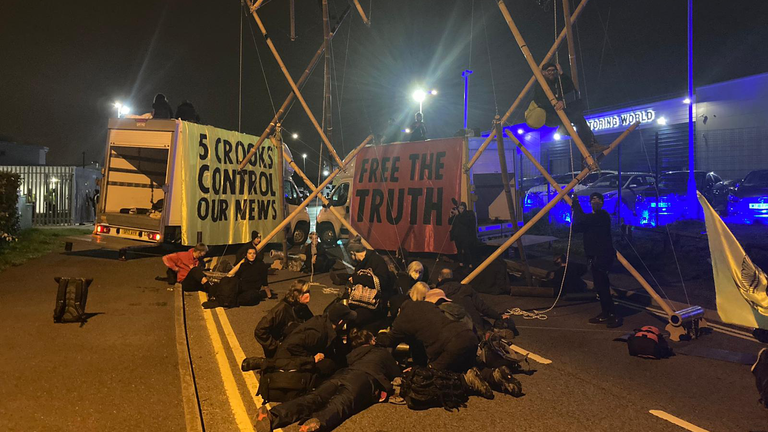By NICOLE WINFIELD yesterday

1 of 15
VENICE (AP) — There’s been a lot of talk about gender parity, feminism and equality at the Venice Film Festival this year, with nearly half the in-competition films directed by women. One of them, “Miss Marx,” certainly backs that trend.
The historical drama profiles Karl Marx’s youngest daughter, Eleanor, an innovative British-born social activist and women’s rights campaigner who wrote the first English translation of Flaubert’s “Madame Bovary.”
But Italian director Susanna Nicchiarelli also sought to highlight the less-than-empowered side of Miss Marx, who for years tolerated her louse of a partner as he cheated on her, squandered her money and otherwise humiliated her.
“The focus was on the dichotomy between the public activism and her public beliefs and the inconsistency with her private relationship,” said Romola Garai, who plays Eleanor in the film. “We are left to wonder why and how human beings can be so eloquent on the one hand, and that can so not enter your psyche on the other hand.”
Nicchiarelli said she was drawn to this internal conflict, which she said was both touching and deeply human.
“That says so much about the way we are,” she said.

To hammer home the current-day relevance of that dichotomy, the film’s score includes punk rock music and Nicchiarelli spliced in archival footage of 20th-century labor protests to “whip the audience into this insistence” that the issues Marx fought for still haven’t been resolved, Garai said.
“The wheel of history has turned through the 20th century, but the same conversation about the dynamic around capitalism and who benefits from it is the same,” said Garai, who said she first learned about Eleanor Marx’s contribution to labor and feminist causes working on the 2015 British historical drama “Sufragette.”
The film “Miss Marx” is one of eight directed by women that is competing for the top Golden Lion award in the main competition at Venice, which wraps up Sept. 12. The Venice festival has long been criticized for the lack of female directors in its in-competition films, with only four films made by women in the 62 films that competed for the Golden Lion between 2017 and 2019, and only four women winning the Golden Lion in the festival’s history.
This year, 44% of the in-competition films were directed by women.
“I dream of the day when it will no longer be interesting to talk about how many women there are in a festival, and we will no longer count how many they are,” Nicchiarelli said. “Having said as much, Eleanor Marx really is important. She gave an enormous contribution to history, also, for her feminist ideas.”
___
Louise Dixon contributed.

WIKIPEDIA
Eleanor Marx: A Life is a 2014 book by the British author Rachel Holmes, published by Bloomsbury Publishing.
Synopsis[edit]
The book profiles the life of Eleanor Marx, a feminist and socialist campaigner and daughter of Karl Marx. The book deals with Marx's life as a labour organiser, personal secretary and researcher for her father, activist at the "epicentre of British socialism", and a trailblazing feminist campaigner.
Holmes also dwells at length on the discrepancy between Eleanor Marx being a militant Feminist in the public sphere, standing up for the rights of women in general and of exploited women workers in particular, and assertively confronting any sexist attitude which she encountered in the Socialist and trade union movement - and private life where she was unable to get out of an unhappy 14-years long relationship with con man Edward Aveling, who cheated her, stole her money and finally either drove her to suicide or actually murdered her her (Holmes is inclined to the second possibility).
Reception[edit]
In The Guardian Kathryn Hughes wrote that "Not only is the story of British socialism messy to tell, it is also difficult to make sing. But Holmes throws her ebullient prose at all those committee meetings, managing to make us see why each speech, each pamphlet, and each internecine quarrel actually matters in the long run. The result is a biography that, paradoxically, is most illuminating when it leaves the world of bungled private lives behind and steps out smartly on to the public stage"[1] Lisa Jardine, reviewing the biography for the Financial Times, praised the author for "giving back to us an unforgettable Eleanor Marx"[2]
In May 2014, the book was featured as the Book of the Week on BBC Radio 4.





















